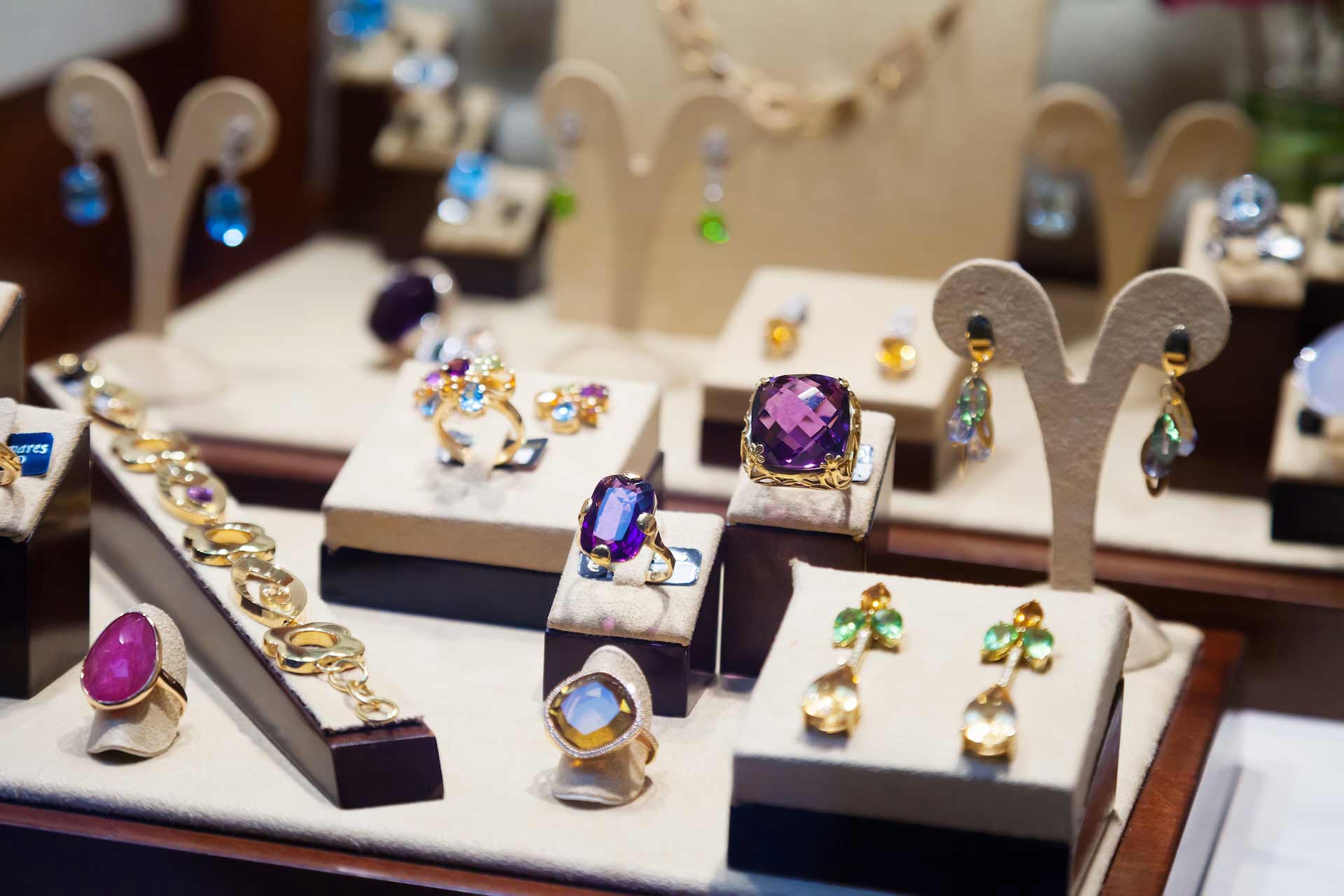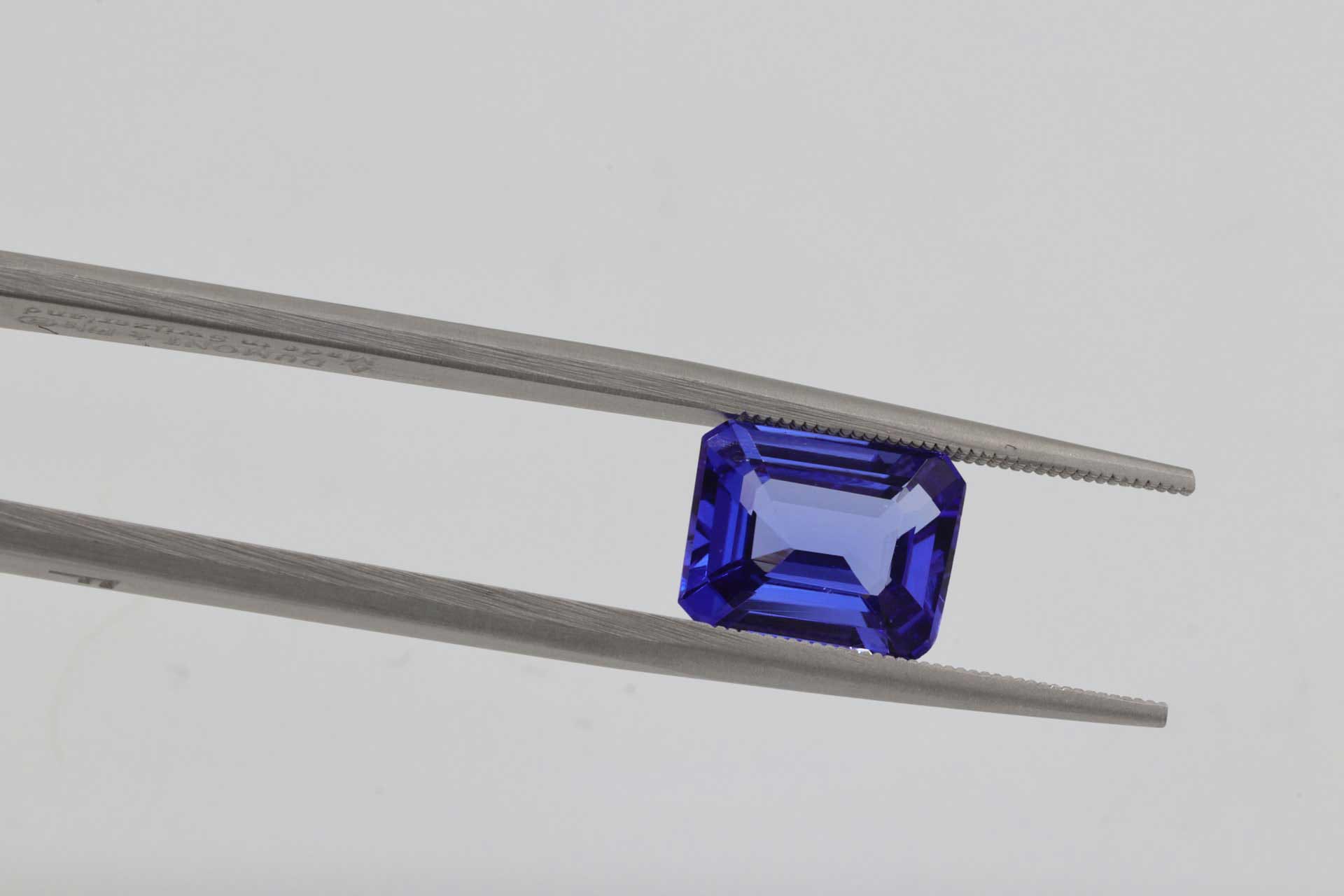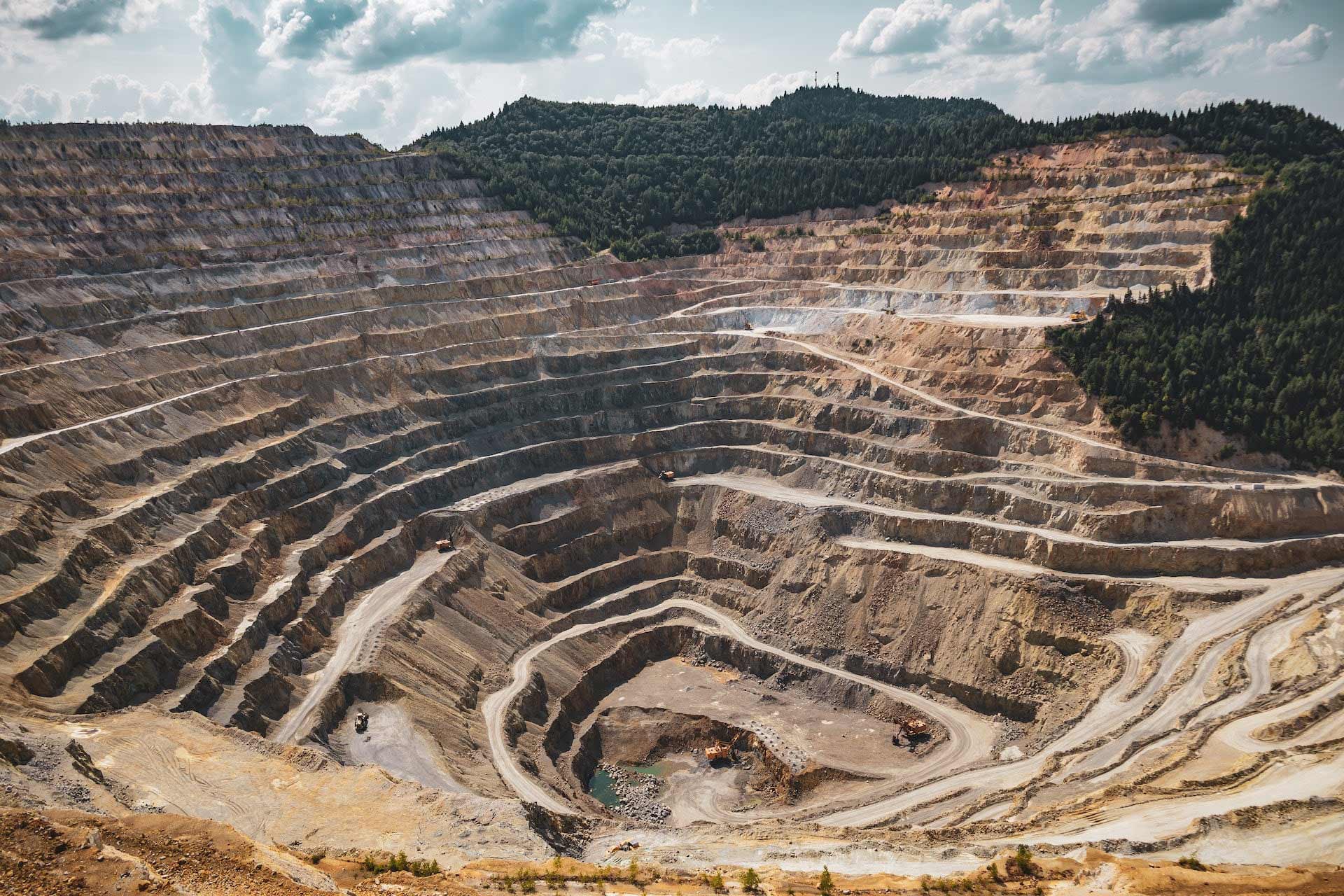You may already be aware that lab-grown gemstones are made from the exact same raw materials that natural gemstones are made from when they form within the earth’s crust. These materials, alongside certain factors such as the right amount of temperature, pressure and time contribute to how the materials come together to form each gemstone. But have you ever wondered if there’s any difference? Or which one is better?
Lab-grown gemstones implement the same principles as the Earth and expose the raw material for each kind of gemstone to just the right amount of pressure and temperature, until the gemstone begins to form. With this being said, there are really no intrinsic differences between lab-grown and natural gemstones. The most obvious and significant difference would only be that one is made in the laboratory while the other is mined, ready-made from the earth.
Nevertheless, there are some valid differences between lab-grown and natural gemstones that have made lab-created gemstones highly preferred. Again, these differences have nothing to do with the authenticity of the gemstone. They are rather disparities that occur due to this primary factor: where each gemstone comes from.
Differences between Lab-Grown and Natural Gemstones
While lab-grown and natural gemstones may share similar physical and chemical properties, there are several key differences between the two that distinguish them from each other. This is something really interesting that I have been learning when it comes to diamond and gemstone jewellery.
Cost
When lab-grown and natural gemstones of the same type are carat size and compared, the lab-grown counterparts often tend to sell at a lower price than mined ones. This is not because lab gemstones are substandard, but rather because factors such as the rigour of mining gemstones, their scarceness, and the many risks involved have influenced the final price of the mined gemstone.
Lab-grown gemstones, however, can be produced within a shorter time, will not pose any risk to human lives, animals, and properties and generally do not feature all the complexities encountered in the production of natural gemstones. This explains why they offer so much value in terms of carat size for significantly lower prices. Which I think is absolutely incredible, especially when it comes to engagement rings!
Clarity
No two gemstones will look exactly the same when carefully observed under powerful magnifying equipment. This is because the process and conditions under which each gemstone forms are quite different. This is particularly true for mined gemstones, which grow uncontrolled within the earth’s crust.
Although the growth process occurs without human influence, environmental factors such as a sudden change in temperature and particles around the growth environment play a large role. Significant external interference can cause flaws and inclusions to occur in gemstones. These flaws contribute to the overall quality of a gemstone and will impact its clarity. That’s why we always learn about the 4 C’s with diamonds and clarity refers to the flaws.
On the other hand, lab-grown gemstones, supplied by BIRON® among others, are manufactured in a controlled environment, under steady temperature and pressure and with no entry point for external particles that could cause inclusion. They, therefore, turn out highly flawless, clear, and free from impurities and inclusions. How incredible is that?
If you are looking for the best grade and highly flawless gemstones, it is safe to say that opting for the lab-grown variants will grant you this wish, all while getting these flawless and clear gemstones at a very affordable rate! I did a blog post a while back on a lab grown diamond ring, which was absolutely stunning, and it’s the route that I would go down in the future for an engagement ring.
Sustainability
Lab-grown gemstones are generally more environmentally sustainable than mined gemstones. This is because they require less energy and resources to produce and do not contribute to mining-related environmental damage.
Mining is a process that consumes lots of energy, releases harmful chemicals into the air and leads to the destruction of forest trees. The latter is a two-edged sword in terms of implications. Destroyed habitats leave animals stranded and lead to the loss of several animals every year while deforestation continually rids the earth of its natural system of creating a balance between oxygen and carbon dioxide concentrations in the atmosphere. This really saddens me as nature is so important.
The laboratory production process of gemstones does not present any of these major concerns and scientists have even become more intentional about creating a system that would make the laboratory production process highly energy-conserving and more sustainable.
Would You be able to Tell the Difference between a Lab-Grown and Natural Gemstone?
If you were to observe a lab gemstone with its natural or mined counterpart, you would never be able to tell its difference. In fact, only professional gemstone scientists can tell if a gemstone was mined or produced in the laboratory and they must use sophisticated equipment and processes to determine this.
Jewellers and attendants in gemstone stores are able to offer information about the source of a gemstone only because this information is contained in the gemstone’s grading certificate, not because they can determine the difference with their equipment. Lab-grown gemstones possess the same physical, chemical, and optical properties as their mined counterparts. Therefore, a jeweller’s equipment would not reveal any flaw or outlier since the gemstone is in fact a real one and not some fake or synthetic substance.
Conclusion
There is so much information online about lab-grown gemstones that it may be hard to figure out what is true or not true about them. Nevertheless, the universal fact remains that lab-created gemstones are physically, optically, and chemically the same as natural ones. Differences that stand both types of gemstones apart from each other include differences in cost, source, production time, and clarity. What’s your opinion on this? Would you buy a lab produced gemstone or do you prefer natural?






Lorna, thank you for this information. I have wondered how this is done and it seems like a much better alternative to environmental destruction to get the stones. Thanks! ❤️
Author
You’re welcome, John! Glad to have been able to inform you. It’s a really interesting subject.
Indeed! ❤️☺️
Thank you Lorna , i enjoyed reading this article very much and most informative . Take care were ever you are at the moment .Ian
Author
Oh I’m so glad you enjoyed it! You take care too!
Stunning jewelry.
http://www.amysfashionblog.com/blog-home
Author
It’s hard to tell the difference, right?